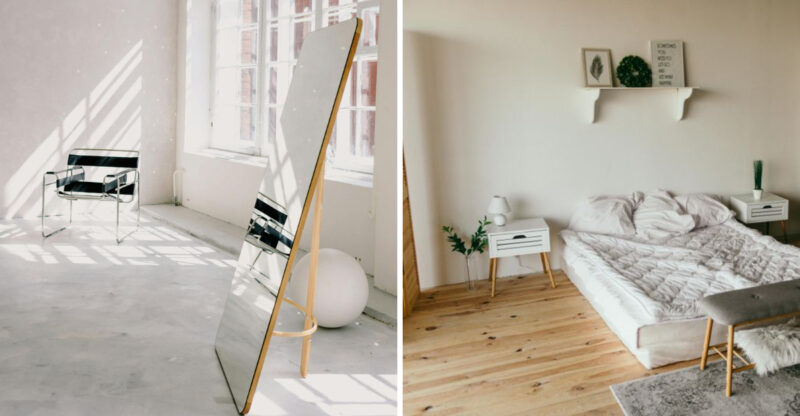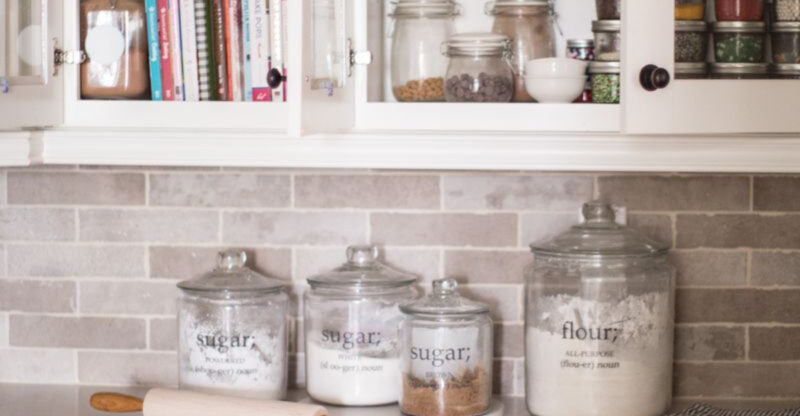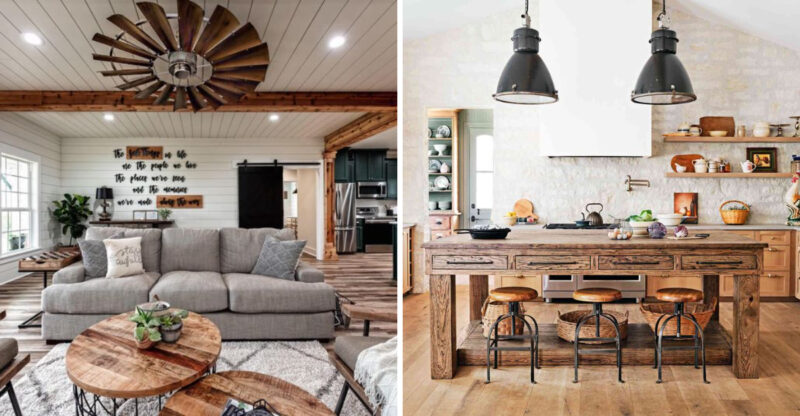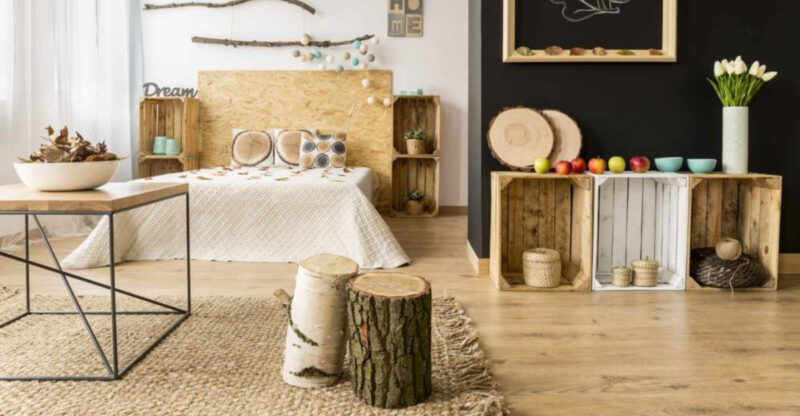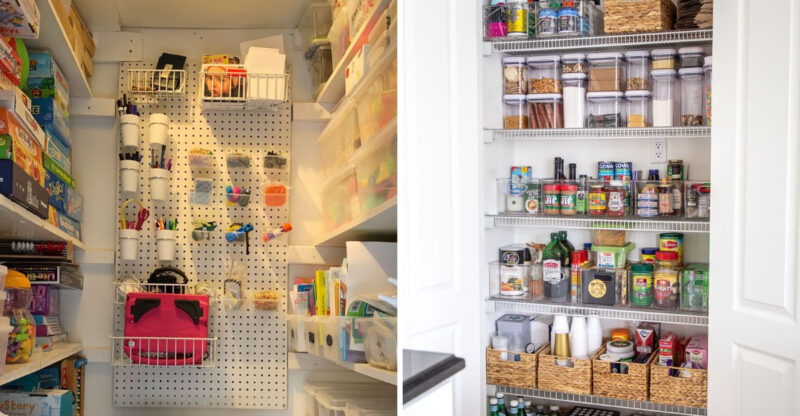14 Retro Home Decor Trends We Wish Would Return To Modern Homes
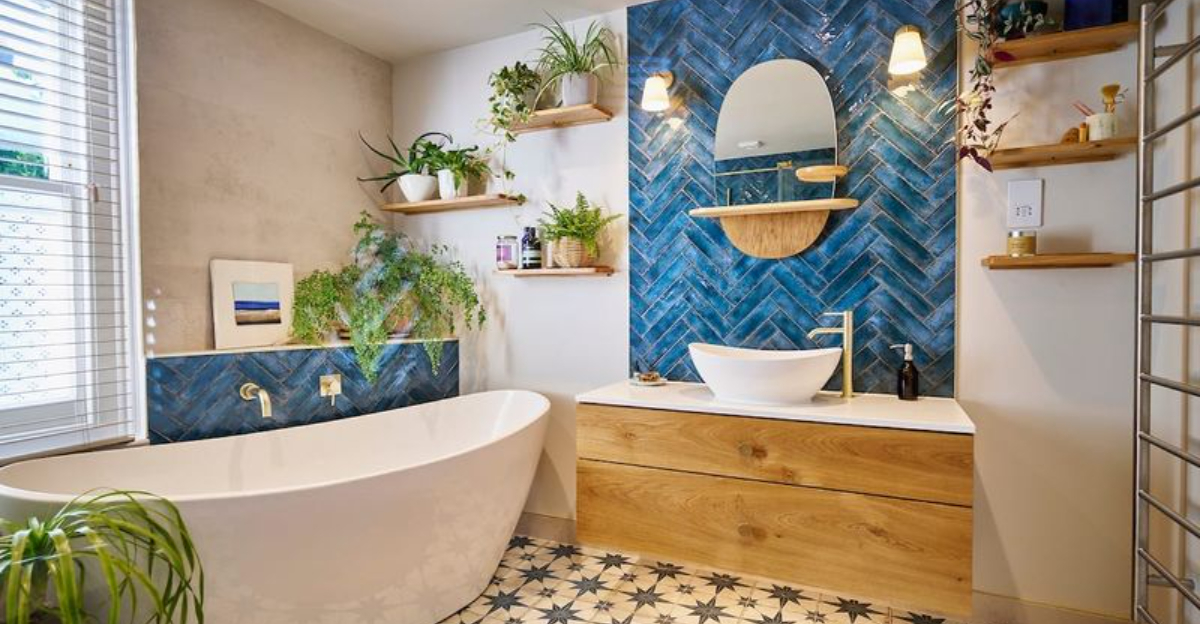
Remember those distinctive design elements that made houses in the 50s, 60s, and 70s so special? Many of yesterday’s home features brought both function and personality that today’s cookie-cutter designs often lack.
While some vintage elements might seem outdated, many retro trends deserve a comeback for their uniqueness, craftsmanship, and ability to create truly memorable spaces.
1. Conversation Pits
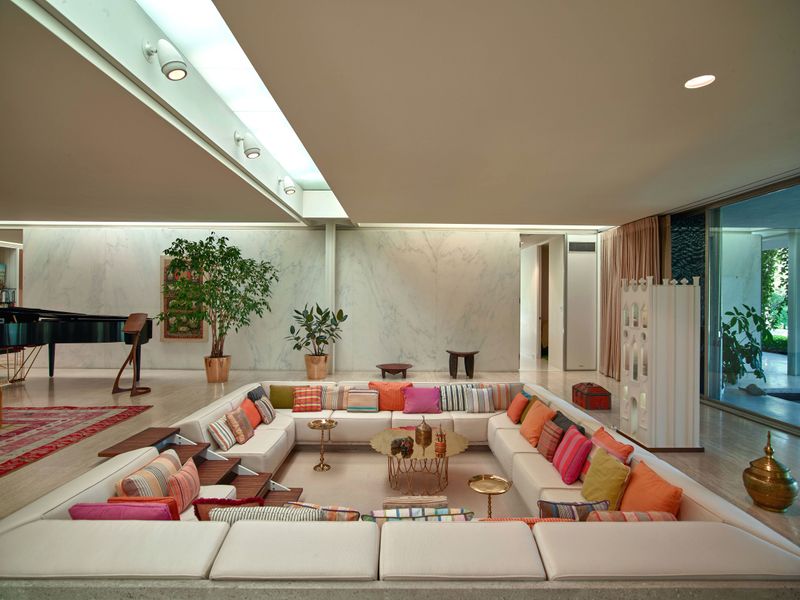
Sunken seating areas created the perfect gathering spot for family and friends. Built a few steps down from the main floor, these cozy nooks encouraged face-to-face interaction without distractions.
The plush, built-in sofas that wrapped around in a square or circle made everyone feel included in the discussion. No more awkward furniture arrangements where people can’t see each other!
2. Patterned Wallpaper
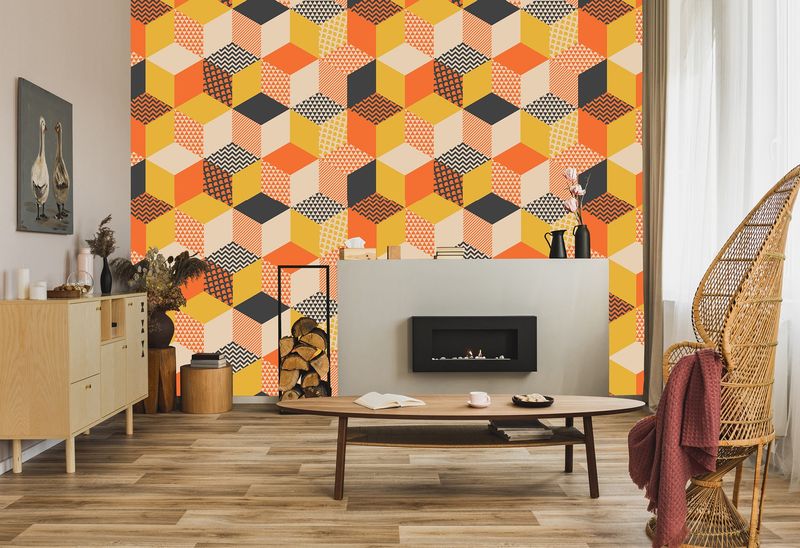
Bold floral prints and geometric designs once adorned walls in nearly every stylish home. Far from the subtle neutrals dominating today’s interiors, these eye-catching patterns made rooms instantly memorable.
Vintage wallpaper added personality without requiring additional decorations. From psychedelic swirls to delicate botanicals, these papers transformed ordinary walls into artistic statements that reflected the homeowner’s unique taste.
3. Wood Paneling
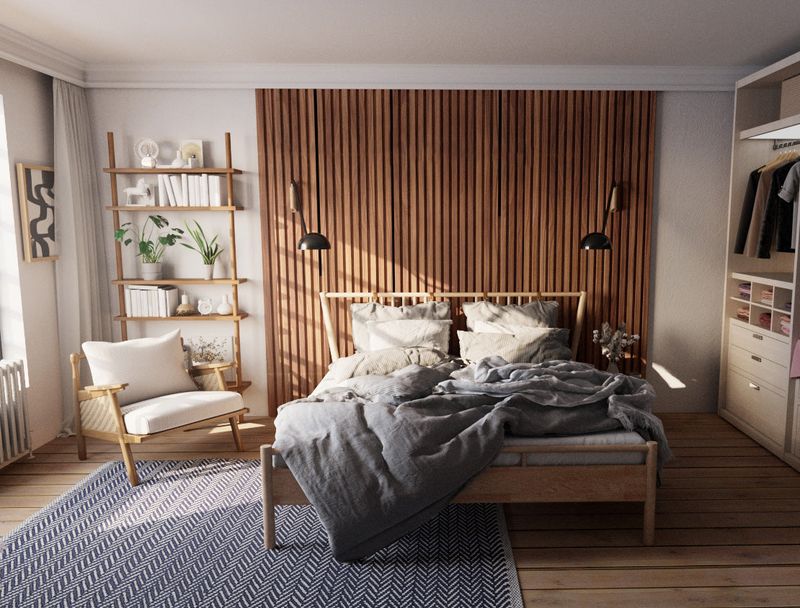
Natural wood walls brought warmth and texture to homes that drywall simply can’t match. The rich tones and distinctive grain patterns created an organic backdrop for furniture and art.
Modern homes often feel sterile with their plain white walls. Wooden panels, especially when installed vertically, made rooms feel taller and more grounded simultaneously. They aged beautifully too, developing character rather than just looking worn.
4. Colored Kitchen Appliances
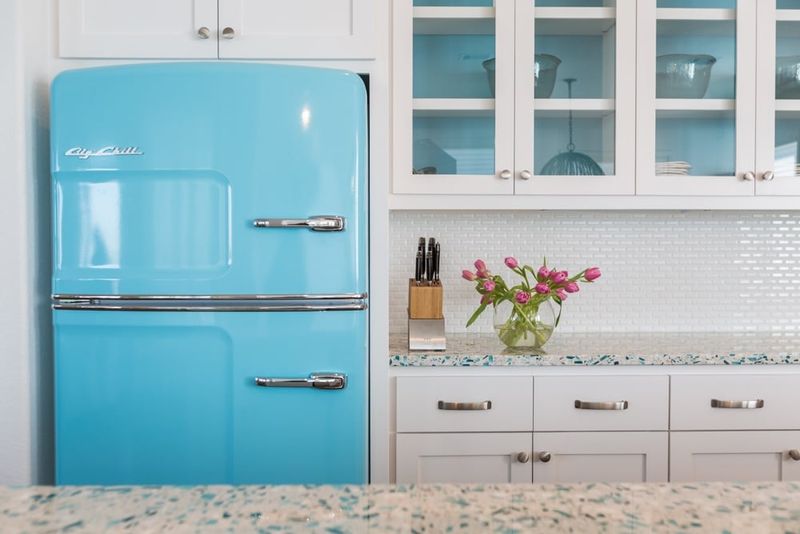
Avocado green refrigerators and sunset orange stoves brought personality to the heart of the home. Kitchen appliances weren’t always hidden behind stainless steel and white facades.
These colorful workhorses reflected the joy of cooking and gathering. Matching sets in harvest gold or turquoise blue coordinated with countertops and backsplashes to create cohesive, cheerful spaces that celebrated food preparation rather than trying to make it invisible.
5. Mid-Century Modern Furniture
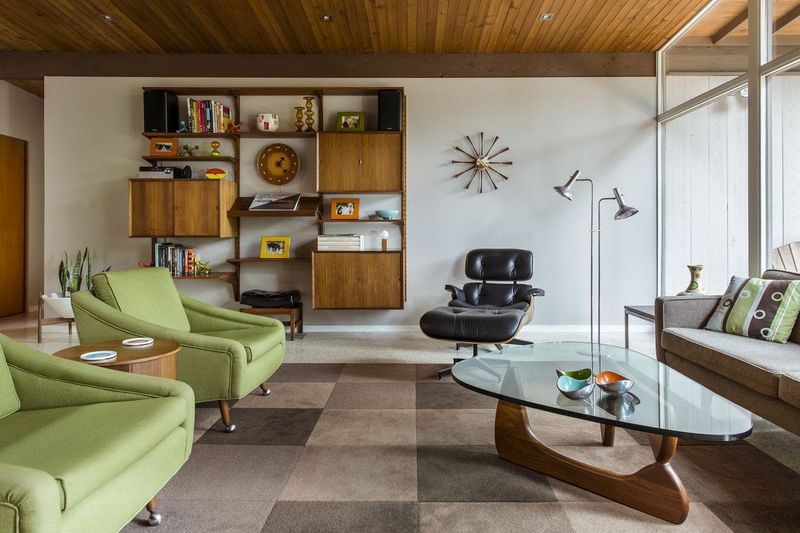
Clean lines and organic shapes defined seating that was both beautiful and functional. The iconic chairs, tables, and credenzas of this era combined minimalism with warmth in ways modern furniture rarely achieves.
Tapered wooden legs and mixed materials created visual interest without excess ornamentation. These pieces were built to last generations, not just until the next design trend. Their timeless appeal explains why authentic mid-century pieces now fetch premium prices.
6. Vintage Light Fixtures
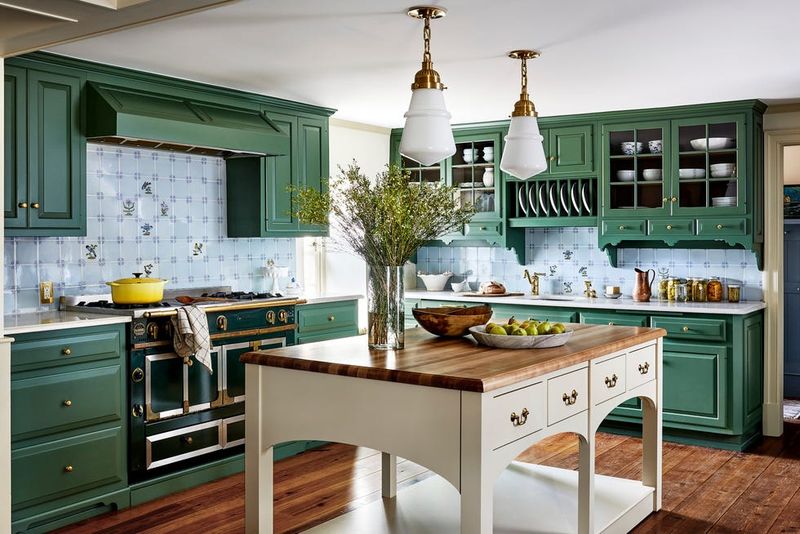
Dramatic chandeliers and sculptural pendant lamps served as functional art pieces in retro homes. Lighting wasn’t an afterthought but a central design element that created atmosphere and visual interest.
Sputnik-style fixtures with multiple arms and globes cast fascinating shadows. Swag lamps with colorful glass or beaded shades added personality above dining tables. These statement pieces transformed rooms even when switched off, unlike today’s recessed can lights.
7. Macramé Wall Art
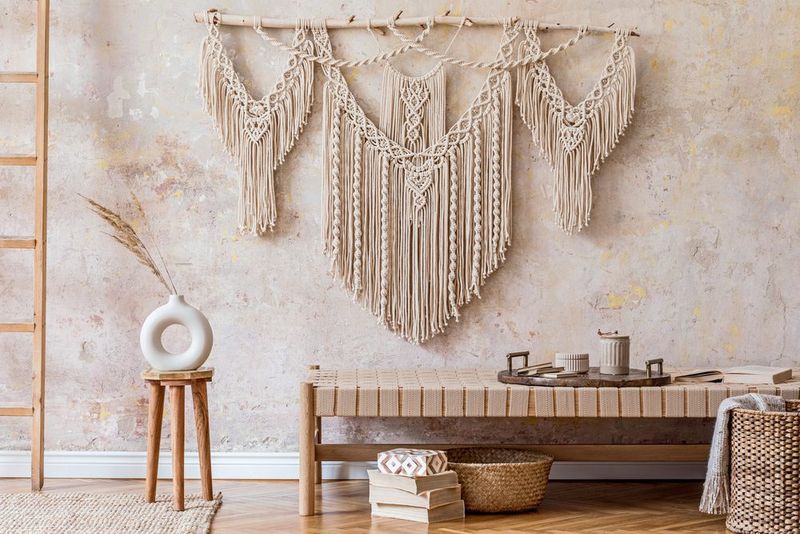
Handcrafted textile art brought texture and bohemian charm to walls that today’s mass-produced decor can’t replicate. Intricate knotted designs created from natural fibers added warmth to any space.
Often featuring plant hangers and wall hangings, these tactile creations connected homes to nature and craftsmanship. The slight variations in each piece reflected the maker’s personal touch, creating truly unique decorative elements that told stories beyond mere decoration.
8. Shag Rugs
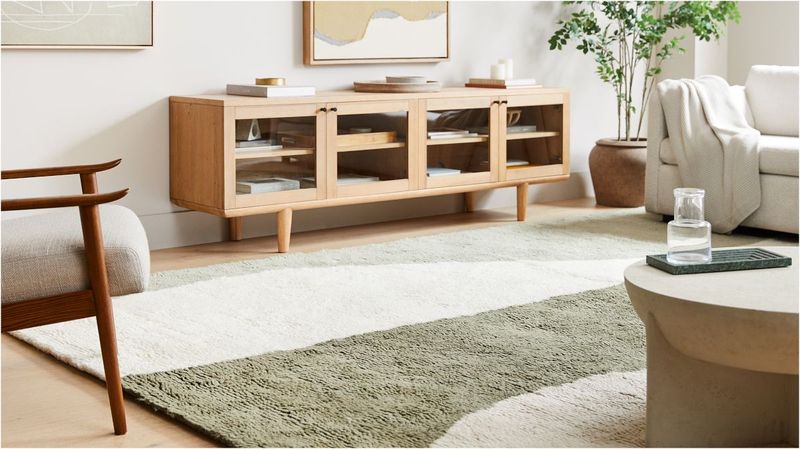
Luxuriously deep pile carpeting created an instant sense of comfort underfoot. Available in vibrant colors or warm neutrals, these textural floor coverings defined spaces while adding acoustic dampening.
Children loved playing on these soft surfaces that felt like indoor grass. The deep fibers caught light differently throughout the day, creating subtle dimension. Modern low-pile rugs simply can’t compete with the sensory experience of sinking your toes into proper shag.
9. Bold Bathroom Tiles
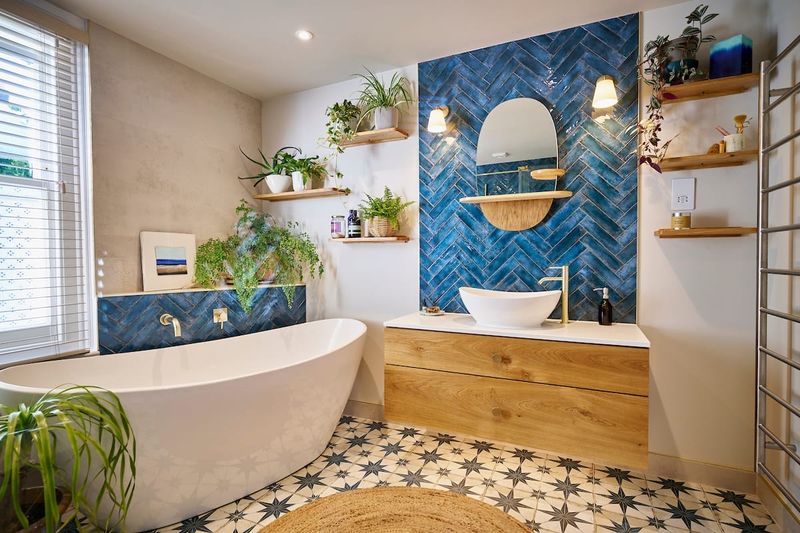
Bathrooms once showcased personality through pink, blue, or avocado tile work that extended from floor to ceiling. These colorful spaces rejected the notion that utilitarian rooms should be sterile white boxes.
Coordinating toilets and sinks in matching hues created cohesive sanctuaries. Geometric patterns and contrasting grout lines added visual interest. Today’s bathrooms often lack this playful approach to what could be the most expressive room in the house.
10. Rattan And Wicker Accents
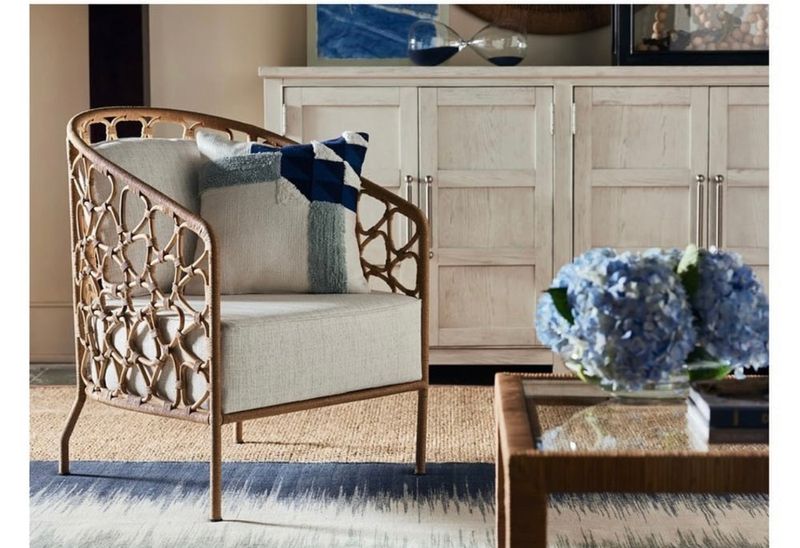
Natural woven furniture brought the outdoors in with organic textures long before today’s houseplant obsession. Peacock chairs, hanging egg seats, and curved rattan sofas created relaxed, bohemian vibes.
These lightweight yet sturdy pieces worked in nearly any room. The intricate weaving patterns showcased craftsmanship while the natural materials added warmth. Unlike today’s synthetic alternatives, vintage rattan developed beautiful patina over time, telling stories of sunny afternoons and good conversations.
11. Room Dividers And Screens
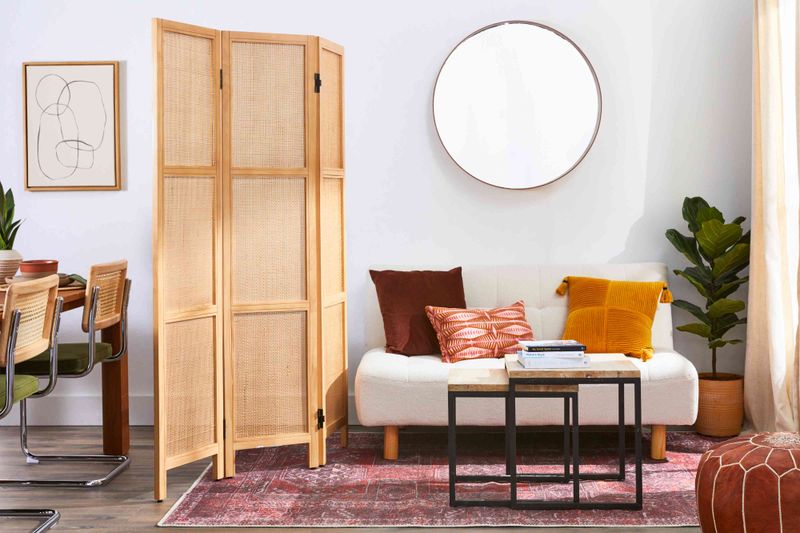
Flexible partitions created zones without permanent walls, allowing spaces to transform based on needs. Filigree wood designs, colorful plastic panels, or woven screens added architectural interest while maintaining flow.
These practical elements doubled as display shelves for treasured objects. They provided privacy without isolation in shared spaces. Modern open concept homes could benefit from these versatile dividers that define areas without sacrificing the sense of spaciousness.
12. Built-In Shelving Units

Custom storage solutions were once standard features, not expensive upgrades. Recessed bookcases flanking fireplaces, room dividers with display niches, and wall-to-wall cabinets maximized space while showcasing personality.
These architectural elements provided homes with character and function. Unlike today’s freestanding furniture, built-ins created cohesive looks that felt intentional rather than assembled. They offered perfect spots for books, collections, and family photos without cluttering floor space.
13. Funky Geometric Prints
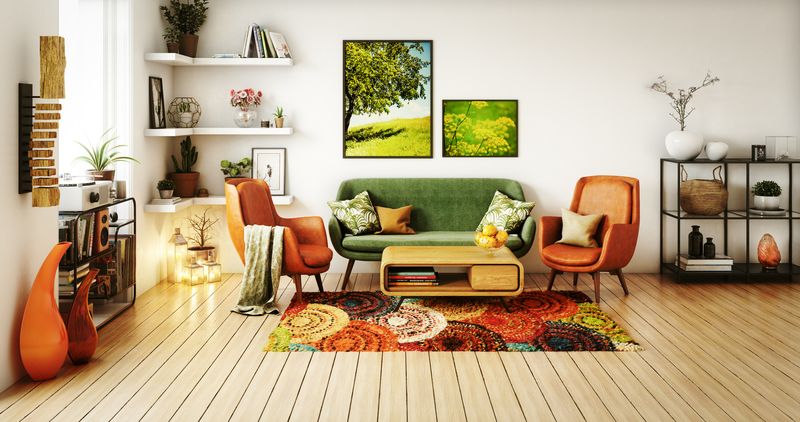
Dynamic patterns in contrasting colors adorned everything from curtains to bedspreads. These bold designs in circles, diamonds, and abstract shapes injected energy into spaces without requiring additional decorations.
Mixing patterns was encouraged rather than feared. A geometric curtain might complement floral wallpaper, creating layered visual interest. Today’s neutral-obsessed interiors could learn from this fearless approach to pattern that celebrated joy and personality over safe, forgettable design.
14. Statement Ceilings
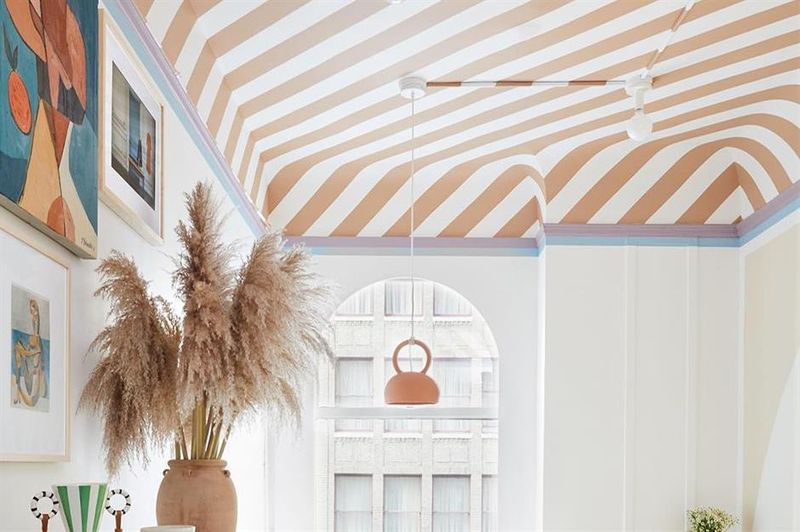
The forgotten fifth wall once received as much design attention as any other surface. Decorative tiles, bold paint colors, wallpaper, or wooden beams transformed ordinary ceilings into extraordinary features.
Mirrored panels created illusions of height while starburst patterns drew eyes upward. These unexpected details made rooms memorable and complete. Modern homes typically neglect this surface, missing an opportunity to add character without sacrificing precious floor space.

